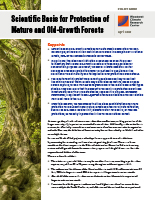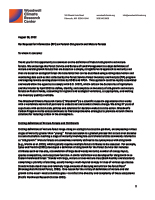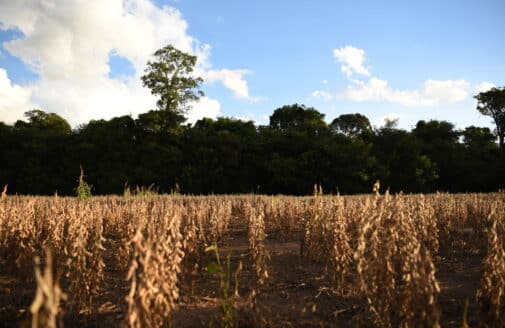Scientific basis for protection of mature and old-growth forests
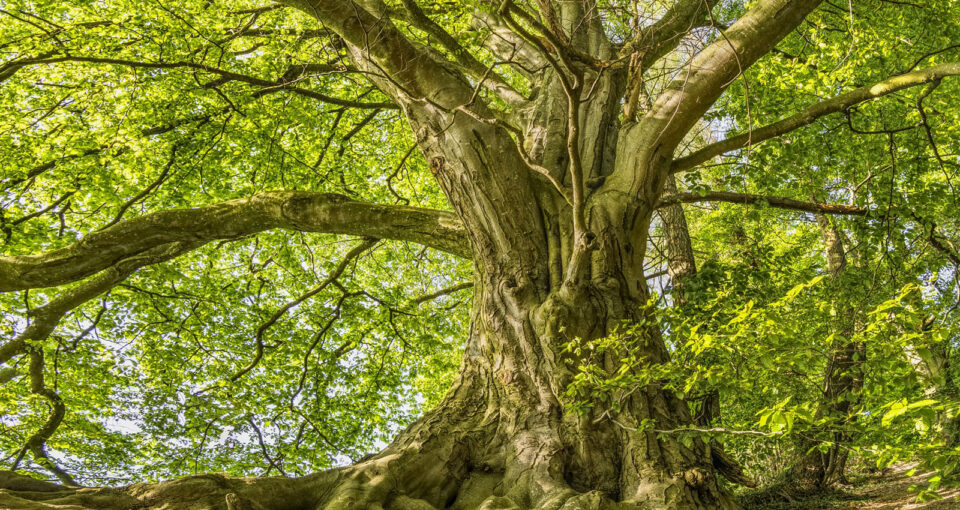
Key Points
- Larger trees and old-growth forests accumulate massive amounts of carbon. For example, of the 561 million metric tons of carbon in a sampling of 11 national forests, 73% of the carbon is found in larger trees.
- In April 2022, the Biden administration announced an Executive Order to inventory mature and old-growth forests and to develop policies for conservation purposes. As a result, Woodwell Climate Research Center developed a research project to answer long-standing questions on the definition of forest maturity and its implications for protecting carbon stocks.
- The results from this project were recently published and they found that the minimum age at which forests may be considered mature, based on peak carbon capture, ranged from 35 to 75 years among the regions and forest types studied. They also found that the amount of carbon in unprotected larger trees in mature stands of the 11 forests studied, representing only 6% of federal forest land, is equivalent to one-quarter of annual emissions of carbon dioxide from fossil fuels in the U.S.
- From this research, we recommend that the Biden administration offer more protection for old-growth and mature forests as a tool for climate mitigation, such as an age-based logging limit, diameter cutoff for logging, or roadless protections, as recently implemented in the Tongass National Forest.
As trees age, they absorb and store more carbon than smaller trees, making protection of the larger ones uniquely important as a natural climate solution. Additionally, as the entire forest matures, it collectively accumulates massive amounts of carbon over centuries in vegetation and soils. However, the definition of forest maturity has not been clearly established and relies on multiple factors.
In a recent Woodwell-led project, we developed a new approach to resolve this issue by connecting forest stand age and tree size using existing databases. The research was coordinated in direct response to the Biden administration’s Executive Order to inventory mature and old-growth forests for conservation purposes and the global concern about the unprecedented decline of older trees.
The researchers found that:
- The minimum age at which forests may be considered mature, according to peak carbon capture, ranged from 35 to 75 years among the regions and forest types studied.
- The carbon stored in all trees of the 11 national forests totaled 561 million metric tons. Of that, 73% is in larger trees and 60% is in unprotected larger trees in mature stands.
- About half of the measured carbon accumulation in national forests is in unprotected larger trees in mature stands.
- Forest stands with the greatest carbon stored and highest annual carbon accumulation were mainly in the Pacific Northwest, and all but one of the national forests experienced an increase in above-ground carbon over recent years (Black Hills National Forest in South Dakota was the exception, due to drought and insect-related tree mortality).
- The amount of carbon in unprotected larger trees in mature stands of the 11 forests studied is equivalent to one-quarter of annual emissions of carbon dioxide from fossil fuels in the United States.
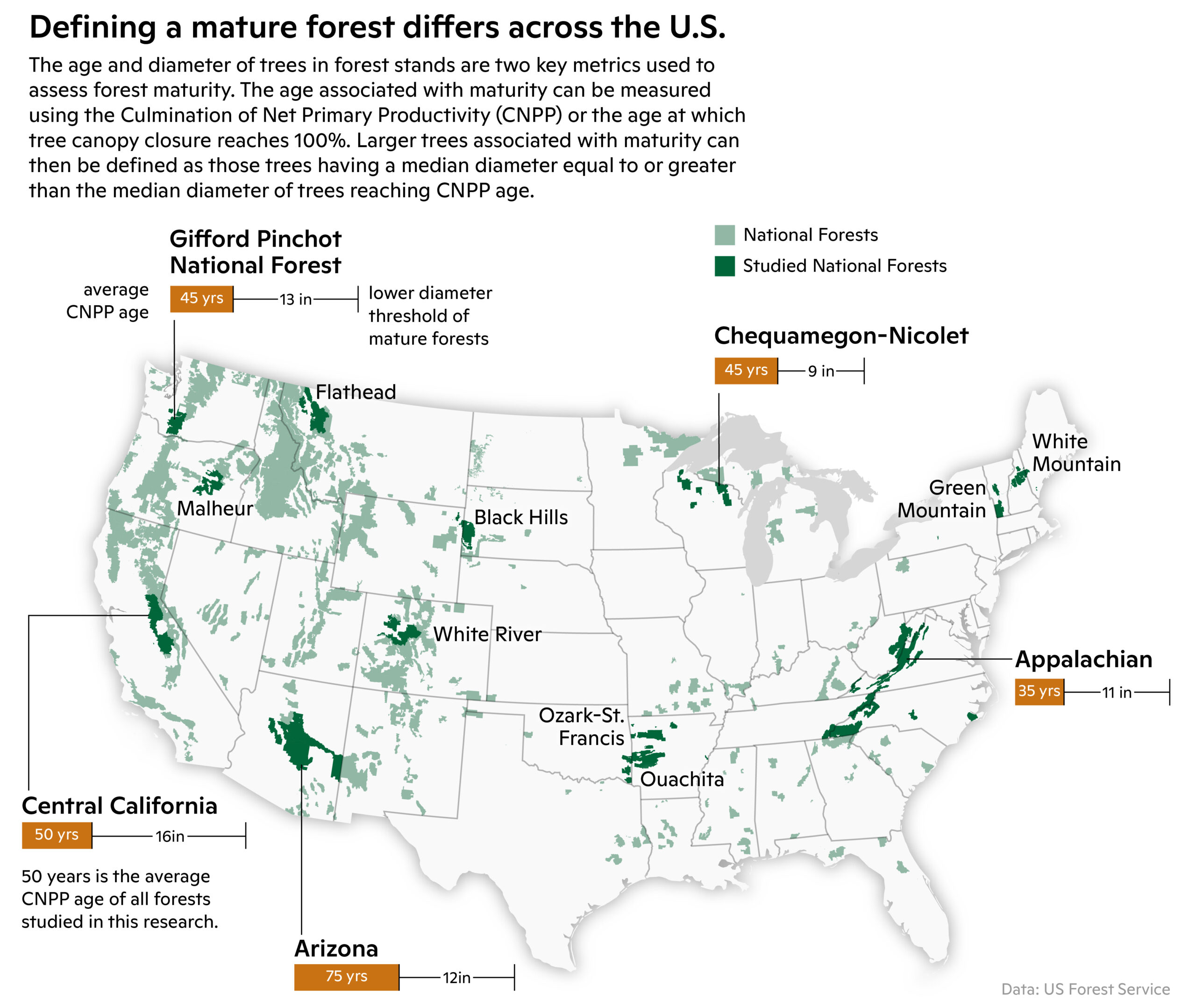
map by Christina Shintani
The Biden administration has set emissions reduction targets of 50-52% of 2005 levels by 2050 and recently announced a “roadmap for nature-based solutions” as part of this effort. However, the roadmap neglects to connect the importance of protecting mature and older forests to the climate targets. Federal agencies are proceeding with an inventory of mature and old-growth forests in response to the Executive Order, but policies regarding their management have not yet been established. By protecting older forests and trees on federal lands from avoidable logging, the Biden administration can help close the gap in its emissions reduction goals.
We recommend that the Biden administration offer more protection for old-growth and mature forests as a tool for climate mitigation, such as an age-based logging limit, diameter cutoff for logging, or roadless protections, as recently implemented for the Tongass National Forest.
References




